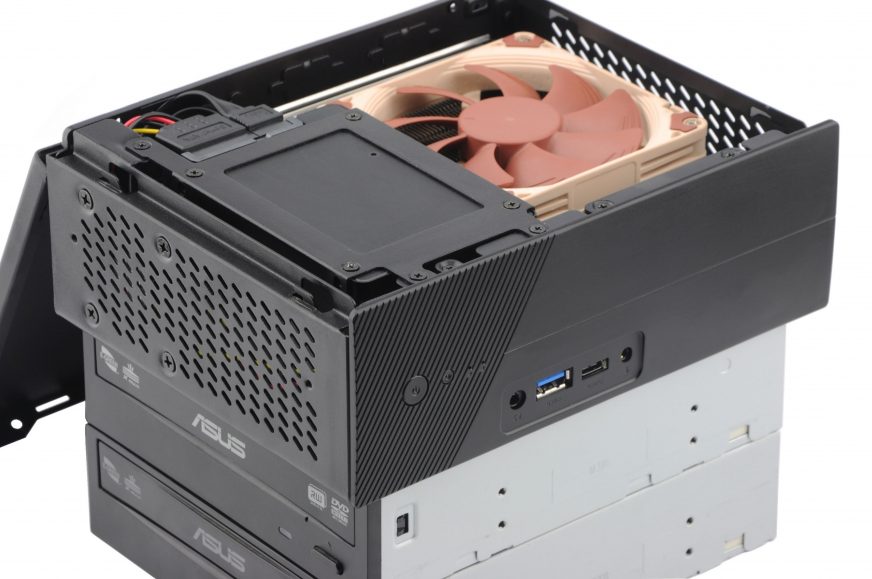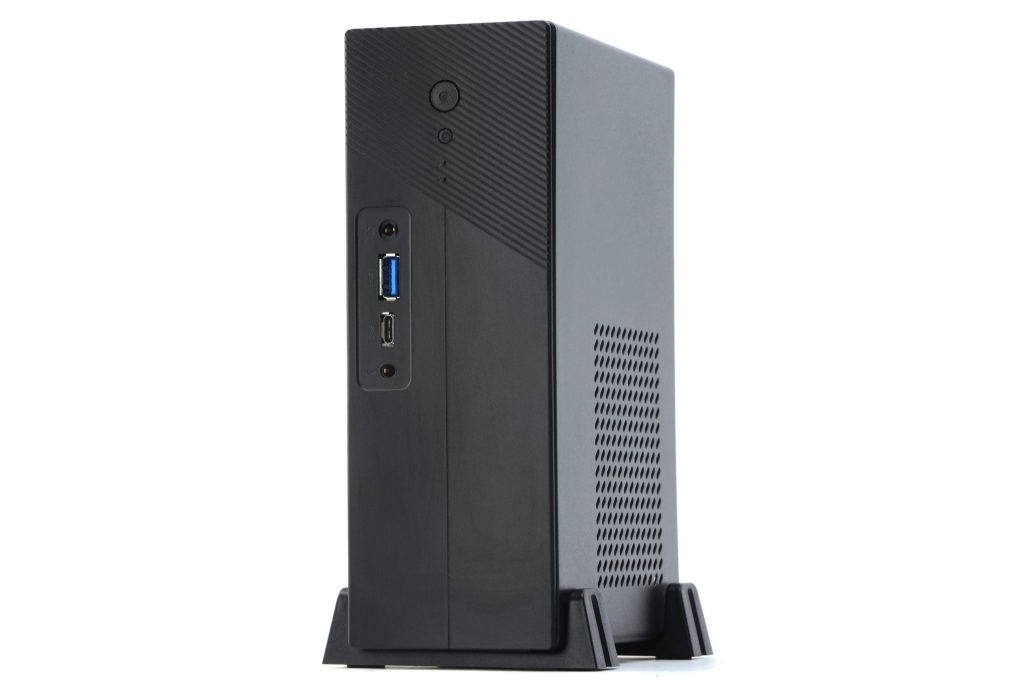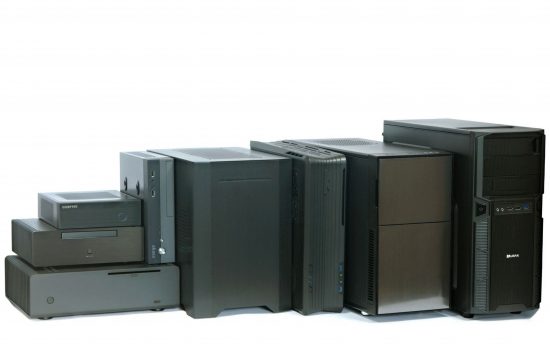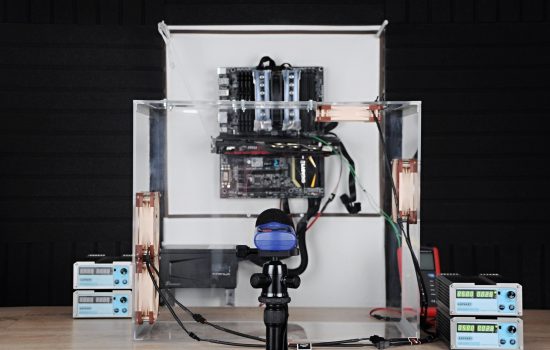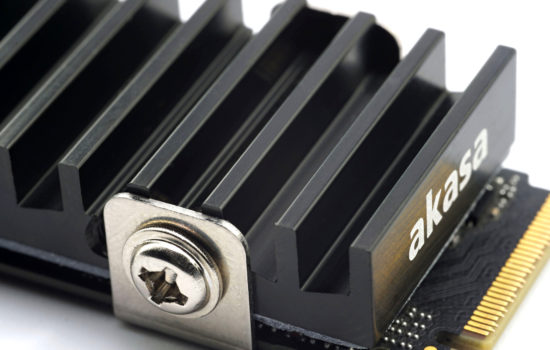Conclusion
It’s strange, but desktop computers have been stagnant for over twenty years. In most cases, they are still built on the ATX standard in “oversized“ towers. From a rational point of view, however, such a concept should be marginal and replaced by SFF. A traditional PC can be tiny, powerful, and silent at the same time. And its equipment does not have to limit you.
Conclusion
The project focused on building a tiny, efficient, and silent computer is behind us. Current trends in CPU world are not as much about raw power as they used to be, but rather about consumption and efficiency. That creates a unique opportunity to put a “lot of performance“ into a small case and make it work really well and without noise.
We used 65W Core i5-7400 (without T), you can try Core i7-8700 as soon as STX boards ready for Coffee Lake are released. We believe that the attractiveness of the SFF format and its wider expansion will increase even more after Radeon’s upcoming migration to Intel’s processors.
From the tests, we know where the biggest reserves are. In the case of boards, it is VRM cooling which is considerably more limiting factor than processor cooling. We are tempted to claim that with a well-designed power supply circuit, (its cooling included) even some 100W CPU after delid could survive in Akasa Cypher ST (and without any terrible noise).
If you get the impression that from now on we will test only small computers/components, do not worry. We remain loyal to “big toys“. It’s our passion. But when we combine reason and comfort, we must say that a computer that is nicely hidden behind the monitor, without too many cables, that is easy to build, and also more ecological… It is a good deal.
We will be happy if you let us know what you think about small vs. large desktops. Or ask anything that you want to know and we that did not include here. You can also give us some tips on what to improve, and maybe even bring some new ideas to the world of small computers. One thing is certain, if we push minimalist components to the edge of the interest, they will be far from perfection, and constant improvement and their prices will not be very attractive either.
- Contents
- Which components and why
- Assembly: tight but fast
- Tuning and test procedures
- In burn
- Image conversion from RAW to JPEG
- Video decoding, 120Mb HEVC
- Idle (W10 desktop)
- Practical performance tests: transcoding and Mafia II
- Synthetic performance tests: Cinebench and 3DMark
- Conclusion





